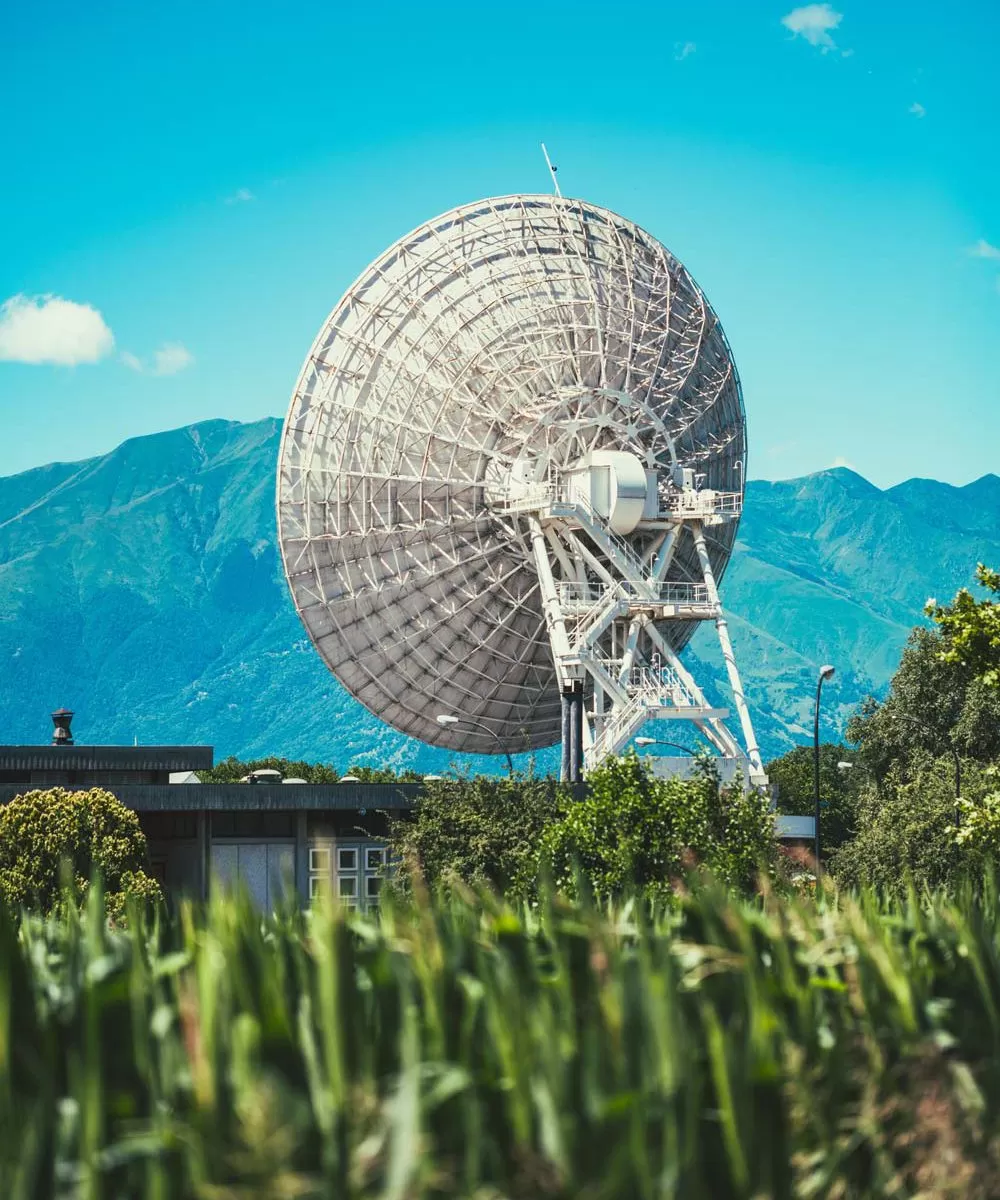South African climate scientist Professor Debra Roberts didn’t mince her words when she was asked to comment on the best way to slow down the global climate crisis.
“We need to leave fossil fuels in the ground,” Roberts replied bluntly.
Roberts, a senior member and scientific author of the United Nations’ Intergovernmental Panel on Climate Change (IPCC), was speaking in her home city of Durban during a municipal climate change workshop at the International Convention Centre on 30 June 2023.
Roberts’ direct response on ending fossil fuel dependence was in stark contrast to the more guarded language she used in the same venue 12 years ago, when she fielded similar questions in her former capacity as Durban’s climate protection manager and member of the South African government negotiating team at UN climate change meetings.
Roberts, who is in line to become the first woman from Africa to chair the UN’s scientific advisory panel, noted that the IPCC had produced a series of detailed reports over the past few years on how to mitigate and adapt to human-induced climate change.
The IPCC expert body provides scientific advice to the nearly 200 member states of the UN Framework Convention on Climate Change.
Dressed in an emerald green suit, Roberts noted that IPCC scientists were no longer pulling their punches when communicating about the “existential threat to human wellbeing” posed by the climate crisis.
Distilled to their essence, some of the big messages from the 12,000-odd pages in the latest IPCC reports were that current development choices and emissions by human society were “simply incompatible with a sustainable, equitable world”.
‘Tremendously dangerous corner’
“How did we back ourselves into this tremendously dangerous corner?” Roberts asked, recalling that scientists had known since the 1860s about the likelihood of industrial emissions altering the global climate.
Yet, governments across the world only began acting “slowly” in the late 1980s to explore joint solutions. Later this year, they would meet for the 28th time to talk further at a global climate conference in the United Arab Emirates.
At the dawn of the industrial revolution, she stated, carbon dioxide levels in the atmosphere were sitting at 280 parts per million. Now they were at 425 ppm.
“We have seen diebacks in trees and corals in several parts of the world … We have seen severe floods in Durban last April. It (climate change) is a very real part of our lives in Durban.”
Yet the pace and scale of these efforts to reduce greenhouse gas emissions were “insignificant to tackle climate change”, including current efforts in Durban.
“Now, because our efforts to reduce greenhouse gas emissions have been insufficient, the increase in average global surface temperature is more likely than not to reach 1.5°C in the first half of the 2030s … The 1.5°C turnoff on the carbon superhighway is coming up rapidly and it will take us into a much more dangerous neighbourhood,” she cautioned.
The science was clear that the window of opportunity to act was closing rapidly. Decisions taken (or not taken) now would have impacts for thousands of years to come.
“That window of opportunity will rapidly close in our faces if there is any further delay.”
Returning to the question of whether humanity needs to consider geoengineering experiments, carbon capture or tree-planting schemes, Roberts said some forms of carbon dioxide removal would be needed.
Geoengineering involves deliberate large-scale interventions in the Earth’s natural systems to counteract climate change.
They include Solar Radiation Management proposals to increase the reflectiveness of clouds or the land surface so that more of the Sun’s heat is reflected back into space; using space reflectors to block a portion of sunlight before it reaches the Earth or introducing small, reflective particles into the upper atmosphere to reflect some sunlight before it reaches the Earth.
Carbon geoengineering includes global-scale tree planting efforts; building large machines that can suck carbon dioxide directly from the air and store it elsewhere or ocean fertilisation (where nutrients are added to the ocean in selected locations to draw down carbon dioxide from the atmosphere.
However, Roberts said giant tree-planting schemes were unlikely to offer significant benefits because they required the conversion of massive areas of land and this would create significant negative impacts on human food security and biodiversity.
The majority of geoengineering plans – ranging from seeding the ocean with iron filings or trying to reflect solar radiation back into space – failed to address the root causes of the climate problem.
As a result, scientists were “extremely cautious” about the predicted benefits of such experiments.
A far better option was simply to stop burning fossil fuels. DM

